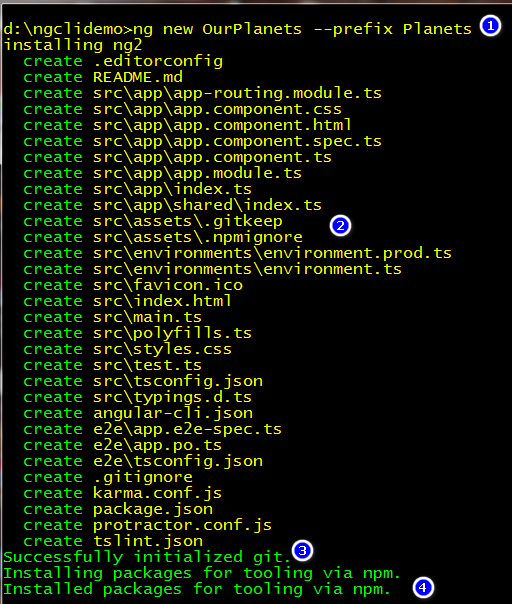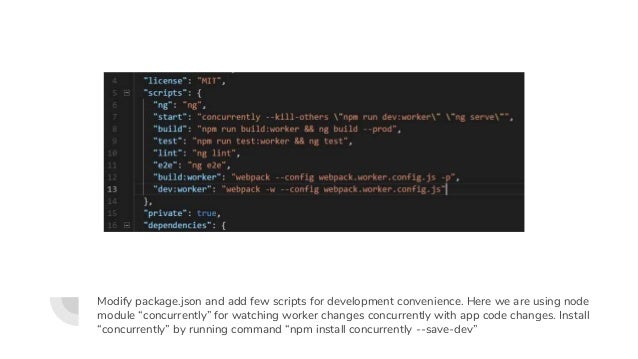

- #HOW TO RUN WEBPACK WITH NG COMMAND HOW TO#
- #HOW TO RUN WEBPACK WITH NG COMMAND INSTALL#
- #HOW TO RUN WEBPACK WITH NG COMMAND UPDATE#
- #HOW TO RUN WEBPACK WITH NG COMMAND UPGRADE#
- #HOW TO RUN WEBPACK WITH NG COMMAND CODE#
Angular CLI is a tool that does all these things for you in some simple commands. In addition, there are so many configuration files you will need to run an angular project on your computer. By the end of the lesson, youll have a useful cli command you can run to check for unused modules in your Webpack.
#HOW TO RUN WEBPACK WITH NG COMMAND CODE#
Above server file needs webpack to transpile your code to Javascript. Here webpack comes in picture, webpack is used to compile these typescript files to JavaScript. Import ) Create file:Īgain in root directory of your application create file. If you run the above command from your development systems root folder, you will get the global angular CLI version. Angular is an open-source framework for your web applications.
#HOW TO RUN WEBPACK WITH NG COMMAND INSTALL#
These are important and needed before anything else after ng eject we need to run npm install command to install some new dependency.

In root directory of your application create server.ts file which is used to handle server-side rendering.
#HOW TO RUN WEBPACK WITH NG COMMAND UPDATE#
UPDATE src/app/ (359 bytes) Create server file: Inside your project directory install following packages, and add Universal configuration:Ĭd project-name npm install -save express webpack-node-externals ng generate universal project-name -client-project project-nameĪbove command creates and updates following files in your application: CREATE src/ (220 bytes)ĬREATE src/ (245 bytes)
#HOW TO RUN WEBPACK WITH NG COMMAND UPGRADE#
This makes it easier to upgrade projects individually when breaking changes are introduced. Installing locally is what we recommend for most projects. You can add any of them to your project by running ng add package name. A number of third-party builders implement deployment capabilities to different platforms. npm install webpack-bundle-analyzer 4.4.2-save-dev Then, build your app for production using the Angular CLI and specify the -stats-json so that the webpack stats data gets exported to the dist folder: ng build -configuration production -stats-json Now, run the local webpack-bundle-analyzer against the stats. Ng new project-name -style=scss Install necessary dependencies: If youre using webpack v4 or later and want to call webpack from the command line, youll also need to install the CLI. The Angular CLI command ng deploy (introduced in version 8.3.0) executes the deploy CLI builder associated with your project. Guide for older versions (v8 and before) Create new Angular project: If you have done all the above steps correctly, you can now test your application with below command: UPDATE src/app/ (359 bytes) Test your app Use Angular Schematics to add Angular Universal to your project with one command: ng add -clientProject project-nameĪbove command creates and updates following files in your application:ĬREATE src/app/ (318 bytes) Ng new project-name -style=scss Install Angular Universal and update project files: Guide for Angular 9: Create new Angular project:Ĭreate new Angular Application using command:
#HOW TO RUN WEBPACK WITH NG COMMAND HOW TO#
In this guide we'll show you, how to implement Angular Universal working with MDB Angular and Express.js server! But what if I have 20 micro frontends and I’d like to serve 10 of them, or all of them (my entire project) at once It would be a pain to run 10 different ng serves in different terminal windows. Server-side rendering has bunch of benefits for SEO, performance, and accesibility of your web-app! This allows you to view your shell and micro front end, or run each micro frontend app as a standalone application. While user hits your website for first time. Supports the injection of an environment variable into a component template using the env pipe and into Universal also known as server-side rendering is tool which allows server to pre-render Angular application env.production files with a conventional hierarchy similar to the one used in create-react-app, parcel and vue-cli Uses dotenv and dotenv-expand which allow loading environment and reference system environment variables from. Secures environment variables by limiting them to those starting with NG_APP (inspired by create-react-app and vue-cli) No webpack configuration needed, simply run ng add all CLI architect targets: ng serve/build/test/server/extract-i18n



 0 kommentar(er)
0 kommentar(er)
